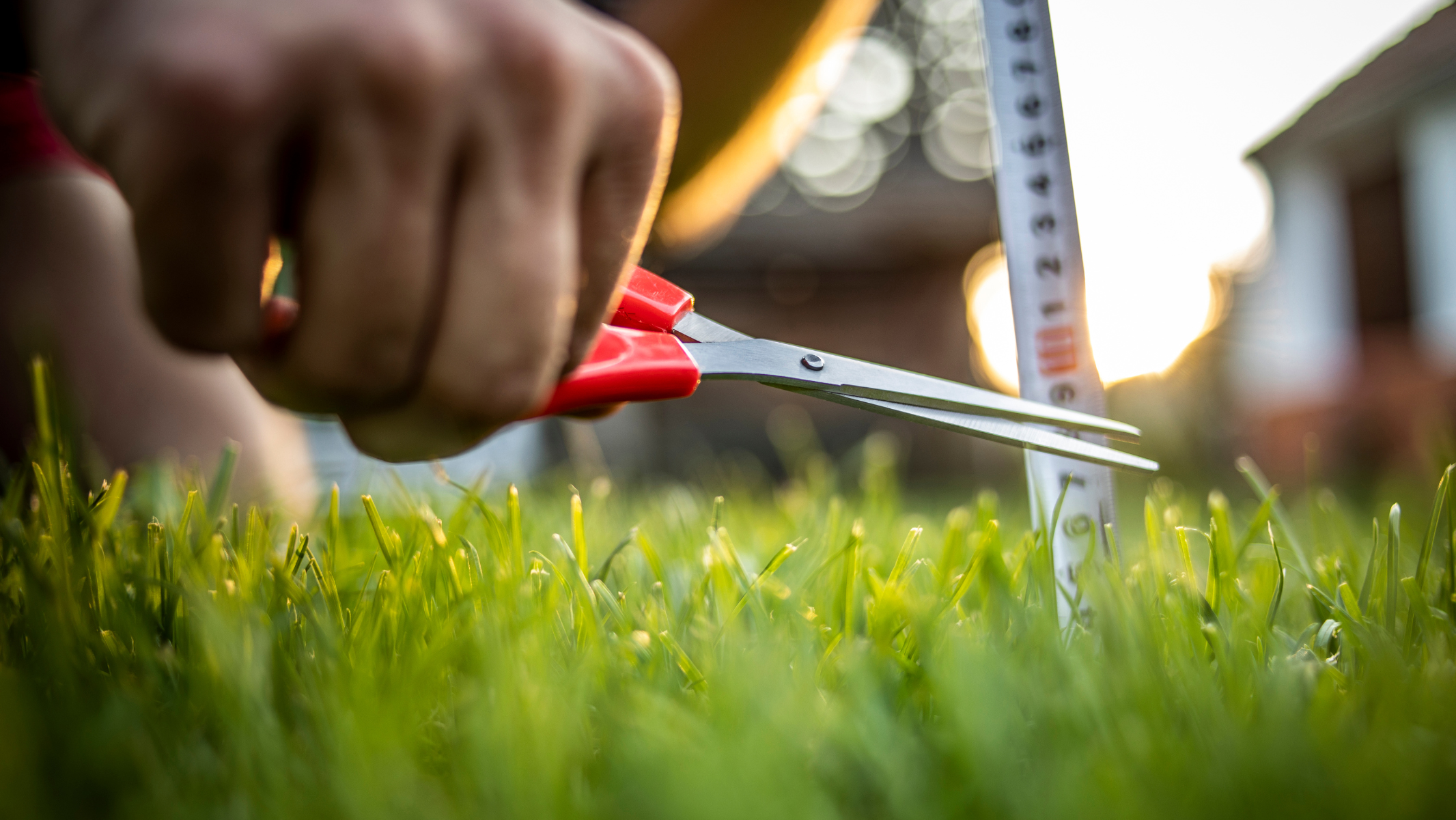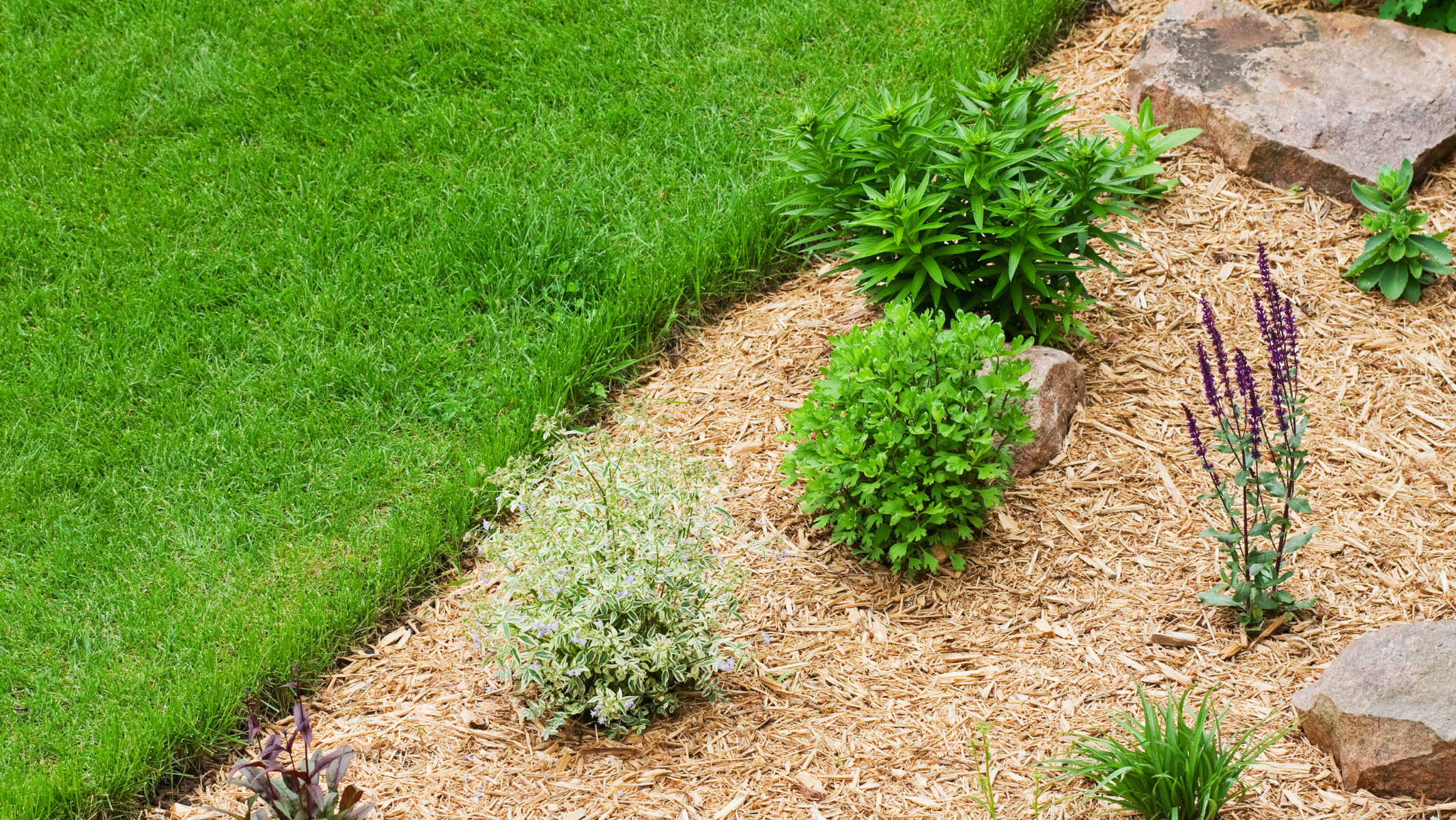Herbicides, also known as weed killers, are chemicals specifically designed to control or eliminate unwanted plants. They play a crucial role in agricultural and landscaping practices by maintaining crop health and garden aesthetics. When using herbicides, it's essential to select the appropriate type for your needs – whether it's a broad-spectrum formulation for a wide range of plants or a selective type for specific species. Proper application involves reading and following the manufacturer's instructions regarding dosage, timing, and safety precautions, as well as considering the impact on the surrounding environment and local wildlife. Remember to wear protective gear and to apply herbicides during calm weather to prevent drift to non-target areas. Regular monitoring after application helps determine the effectiveness and informs any need for follow-up treatments.
Effective Strategies for Weed Control
Prevention is key when it comes to managing weed growth. By halting weeds from sprouting and growing, you can eliminate the need for weed control altogether. While various methods exist to prevent invasive plants, combining approaches yields the best outcomes.
Five Weed Control Methods Through Effective Prevention
How can you prevent weeds from sprouting or spreading? Here are proven tactics to prevent invasive plants from dominating your landscape. By employing these techniques, you can avoid resorting to harsh chemicals and herbicides.
 (1) Thoroughly Remove the Entire Root
(1) Thoroughly Remove the Entire Root
Surprisingly, many common weeds can regenerate from even a small root fragment left behind. In some cases, this can lead to the growth of two separate plants. Ensure you extract long taproots entirely from the soil without causing breakage. Use a trowel to remove any remnants if needed.
(2) Promptly Remove Weeds Before They Seed
Delaying weed removal allows them to disperse their seeds, exacerbating the issue for the next season. As soon as a weed emerges, uproot it. Hand-pulling is easiest when the soil is damp after rain or irrigation. For tougher weeds, a hoe can be effective, particularly on sunny days with dry soil.
 (3) Utilize Pre-Emergent Herbicides (in stock - stop by to see our selection)
(3) Utilize Pre-Emergent Herbicides (in stock - stop by to see our selection)
Pre-emergent herbicides are less harsh on your lawn compared to post-emergent weed killers. Applying them early in spring before seeds sprout is crucial. Some pre-emergent formulas include fertilizers, enhancing grass resilience against invasive plants, pests, and diseases.
Note: Pre-emergents prevent seed germination, so wait a few weeks after application if you plan to reseed your lawn. Simultaneous seeding and herbicide application will hinder grass seed sprouting.
 (4) Maintain Optimal Grass Length
(4) Maintain Optimal Grass Length
Short grass leads to weak root development and increased seed germination. Adequate root strength and healthy grass are vital for weed prevention. Maintain grass length above 2.5 inches to promote root health and reduce weed growth.
 (5) Apply Mulch in Garden Areas (in stock - stop by to see our selection)
(5) Apply Mulch in Garden Areas (in stock - stop by to see our selection)
Mulch offers numerous benefits for gardens, including inhibiting invasive plant growth. It serves as a physical barrier, preventing dormant seeds from sunlight exposure and airborne seeds from settling. As it decomposes, mulch enriches garden soil with nutrients and beneficial microorganisms, supporting plant health and defense mechanisms.
https://plantperfect.com/top-tips-for-weed-prevention/

_ee8b1fc384.png)